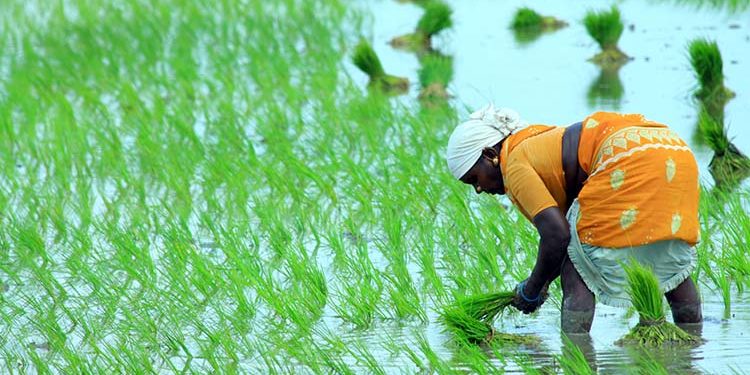The farmers in India have been inherently facing with on-farm risks like famine; flood, extreme weather etc. Though these types of natural risks cannot be totally avoided, there are many new on-field techniques developed in India to minimize the loss. However, the most important strategy to mitigate the risk is agriculture insurance. The insurance company will be able to calculate the probability of a loss in order to come up with their premium rate and in case of crop loss, the proportionate claim amount is settled by the insurance company. This way, the individual farm owner doesn’t have to take the full brunt of the loss should an unforeseen disaster strike.
Agriculture Insurance Company of India Limited (AIC) has been providing insurance cover to various types of agricultural insurance products like Pradhan Mantri Fasal Bima Yojana, Restructured (weather-based crop insurance scheme (WBCIS), National Agriculture Insurance Scheme (NAIS), Bio-fuel tree/plant insurance, cardamom plant & yield insurance, potato crop insurance, pulpwood tree insurance, Rainfall insurance for coffee, rubber plantation insurance, Varsha Bima/rainfall insurance, weather insurance (Rabi), coconut/palm insurance scheme, etc.
The farmer who insures their crop may buy the policy to the extent of Threshold Yield (TY) of the insured crop. If a farmer wishes to insure the crop beyond the threshold limit (up to 150%) of average yield (AY) of the notified area on payment of premium at commercial rates. The crop insurance for bank borrowers will be at least equal to the loan amount. This will help banks to take liberal decisions while granting loans, as the bankers need not take the full brunt of the loss should an unforeseen disaster strike. However, the crop loan sanction procedures of the banks shall be in line with RBI/NABARD guidelines.
Related articles:





